 |
 |
 |
 |
 |
|
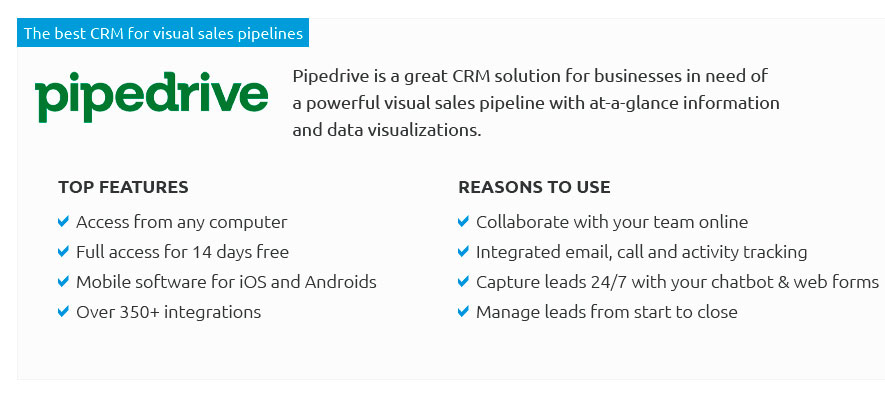 |
|
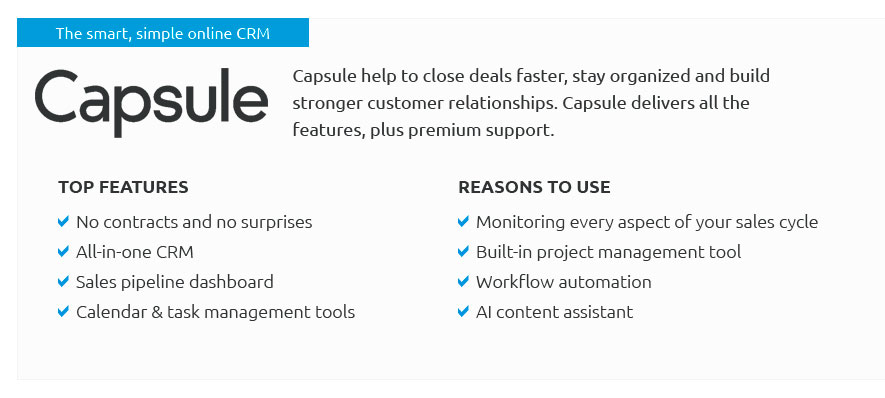 |
|
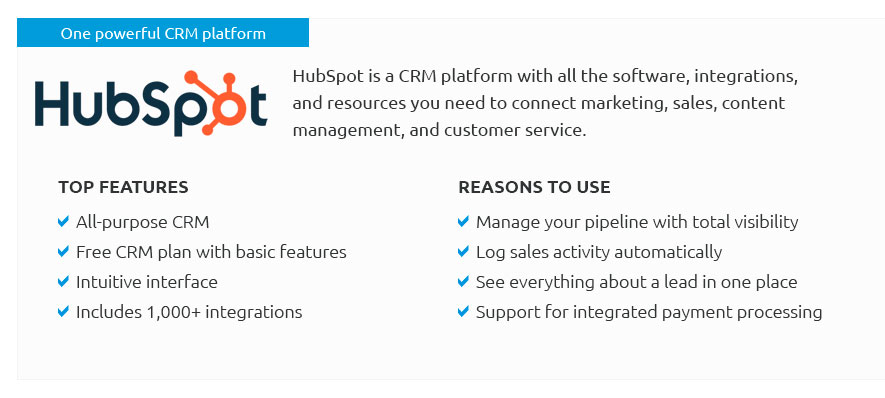 |
|
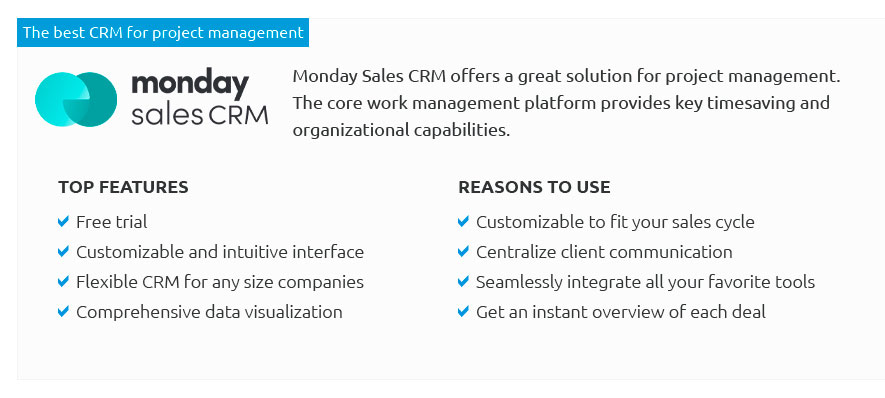 |
|
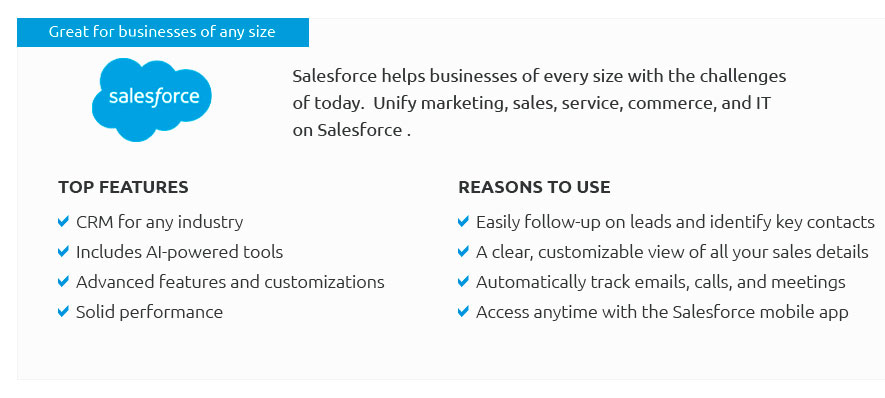 |
|
 |
 |
Understanding High-Level CRM Pricing: A Comprehensive GuideThe realm of Customer Relationship Management (CRM) systems is vast and varied, catering to businesses of all sizes and industries. While the benefits of CRM systems are widely recognized, the intricacies of their pricing structures often remain a mystery to many. In this article, we will delve into the nuances of high-level CRM pricing, providing you with a clearer understanding of what to expect when investing in these sophisticated systems. High-level CRMs are designed to offer a plethora of features that go beyond the basics of contact management and sales tracking. These advanced systems often include capabilities such as artificial intelligence-driven analytics, extensive automation options, and seamless integration with other business tools. However, with these added functionalities comes a higher price point, which necessitates a thorough evaluation of what you're getting for your investment. Factors Influencing CRM Pricing When it comes to high-level CRM pricing, several key factors come into play. First and foremost, the number of users is a significant determinant. Most CRM platforms charge on a per-user, per-month basis, which means the more team members you have, the higher your monthly bill will be. Additionally, the scope of features and customization options you require will also impact the cost. Basic packages might cover essential features, but if you need advanced analytics, extensive reporting, or bespoke customization, be prepared to pay a premium. Another consideration is the deployment model. Cloud-based CRMs, which are increasingly popular due to their accessibility and ease of use, typically involve subscription fees that are spread out over time. On-premise solutions, while less common, might require a larger upfront investment but could offer long-term savings. It's crucial to weigh these options carefully, considering both your immediate budget and long-term financial strategy. Hidden Costs to Consider Beyond the advertised pricing tiers, there are often hidden costs associated with implementing a high-level CRM. Training and onboarding are essential for ensuring that your team can make full use of the system, and these services can sometimes come at an additional cost. Moreover, ongoing support and maintenance fees might not be included in the initial pricing, so it's wise to clarify these details with your provider upfront. Balancing Cost and Value While it might be tempting to choose a CRM based solely on price, it's important to consider the value that the system will bring to your organization. A more expensive CRM that offers comprehensive analytics and automation could lead to increased efficiency and revenue, ultimately offsetting the higher initial investment. Remember, a CRM is an investment in your business's future, and choosing the right one could have far-reaching benefits. Conclusion In conclusion, understanding high-level CRM pricing involves looking beyond the numbers and considering the full scope of what these systems offer. By carefully evaluating your organization's needs and the features that each CRM platform provides, you can make an informed decision that aligns with both your budget and business goals. As with any major business investment, due diligence and thoughtful consideration are key to ensuring that you select a CRM system that will serve your company well for years to come. https://help.gohighlevel.com/support/solutions/articles/155000001156-highlevel-pricing-guide
The HighLevel Price is $10/mo per Sub-Account to use the service. In addition to this, Conversation and Template prices are charged based on ... https://www.saasworthy.com/product/gohighlevel/pricing
The Average Cost of a basic CRM Software plan is $25 per month. - HighLevel pricing starts at $97/month, which is 288% higher than similar services. https://www.gohighlevel.com/pricing
$97 /MO - All The Tools To Capture More Leads - Nurture & Close Leads Into Customers - Full Online Booking, Pipelines, Social Calendar, Website Builder, And More!
|